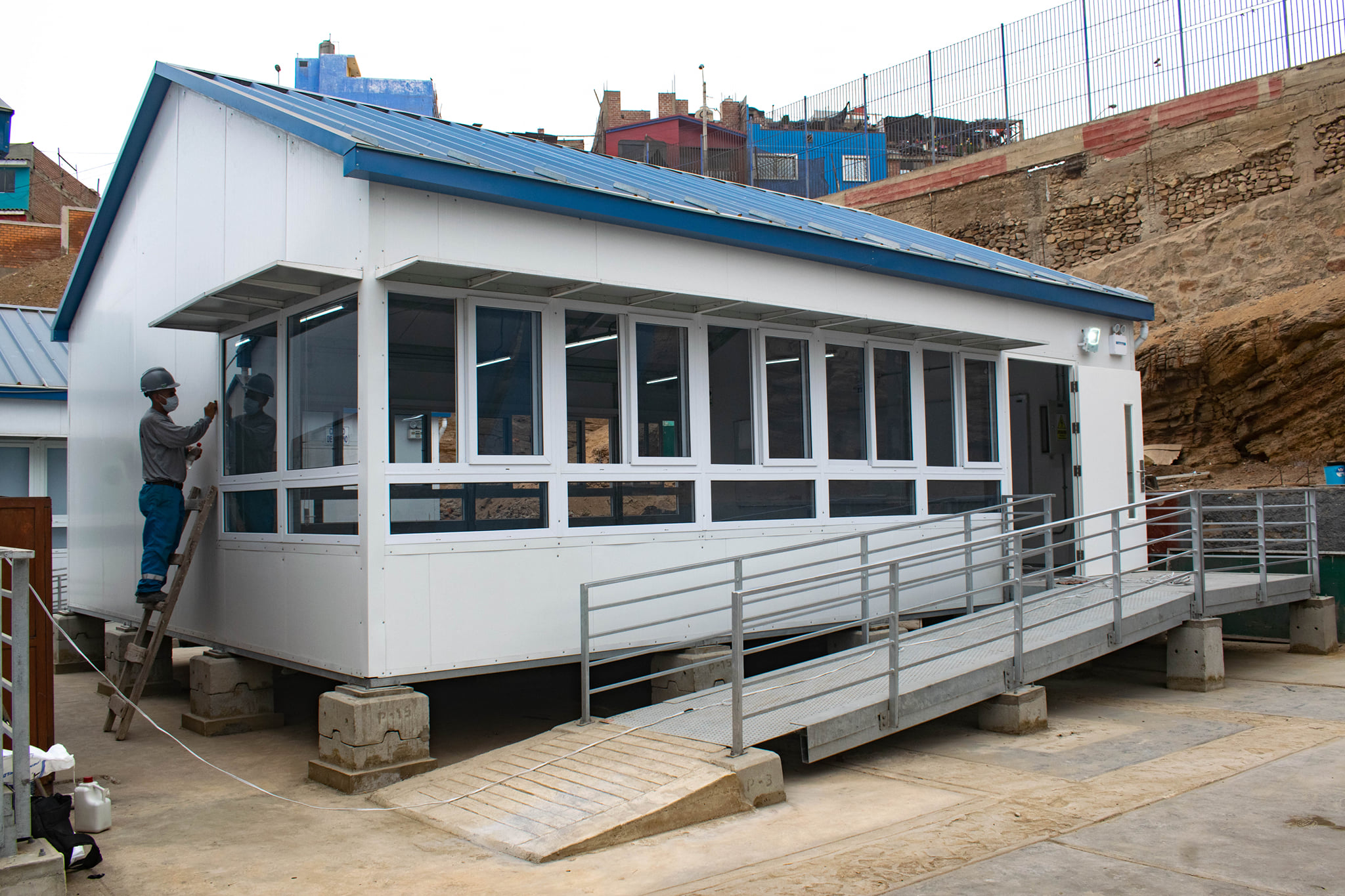Prefabricated Modular House building schools in remote locations

In remote areas, the challenges of building schools are multiplied by difficult terrain, limited resources, and logistical constraints. However, the use of prefabricated modular housing in school construction offers a sustainable and cost-effective solution to these challenges.
Prefabricated modular house is a system of manufacturing building components in a controlled environment and assembling them on site. This method is well-suited for remote locations where conventional construction methods may be impractical.
One of the key advantages of prefabricated modular housing for school construction is speed. Since the modules are pre-built, the construction time is significantly reduced, allowing schools to be up and running faster. This is crucial in remote areas where access to education may be limited and every day counts.
Another benefit is cost-effectiveness. Prefabricated modules are typically less expensive than traditional on-site construction due to their mass production and transportation efficiencies. In remote regions, this can be a critical factor in making education accessible to all.
Moreover, prefabricated modular housing offers design flexibility. Modules can be customized to meet the specific needs of the school, such as additional classrooms, libraries, or science labs. This flexibility allows for a better educational environment that is tailored to the students' needs.
Environmental sustainability is another key aspect of prefabricated modular housing. The use of sustainable materials and energy-efficient systems in the modules reduces the environmental impact of construction. In addition, the modularity of the design facilitates easy disassembly and recycling of the building materials, further reducing waste.
In conclusion, the use of prefabricated modular housing for school construction in remote areas offers a practical, sustainable, and cost-effective solution to meet the educational needs of communities. It provides faster construction times, reduces costs, and allows for a more customized educational environment that is tailored to the unique needs of each community. As such, it holds great potential for improving access to education in remote regions and should be considered as a viable option for future school developments.


